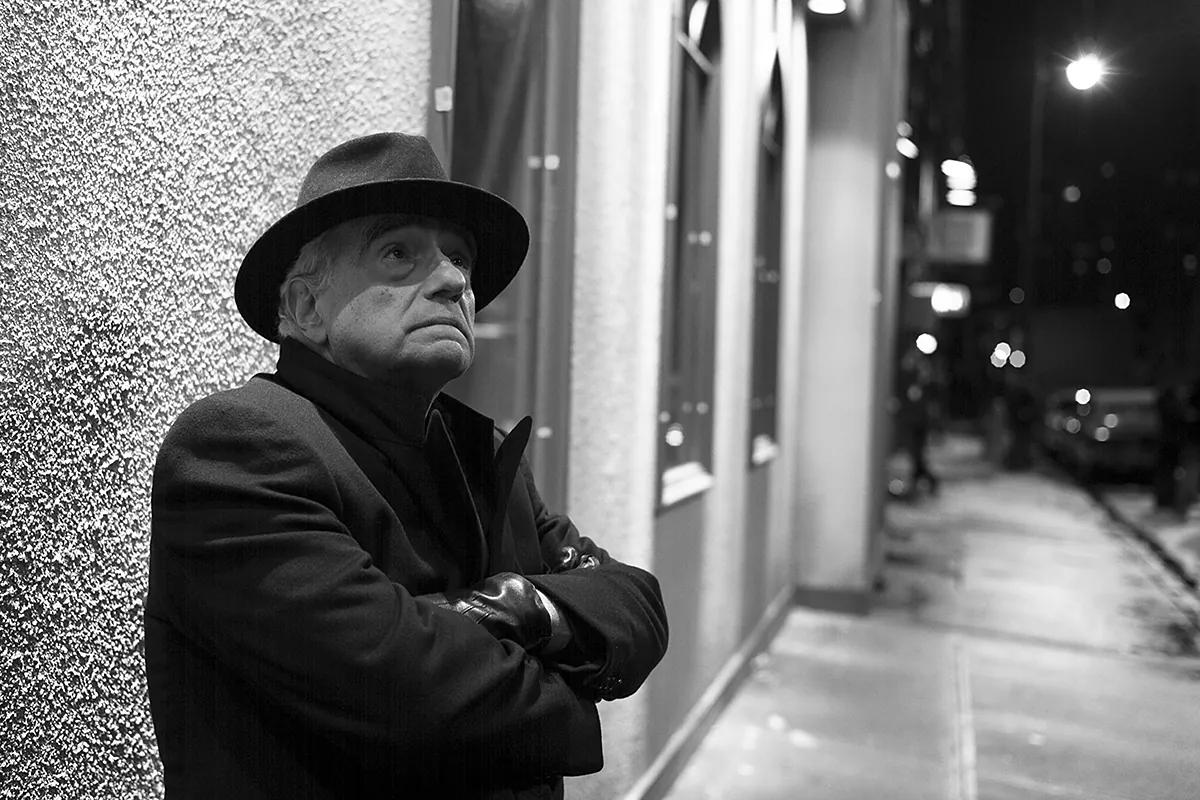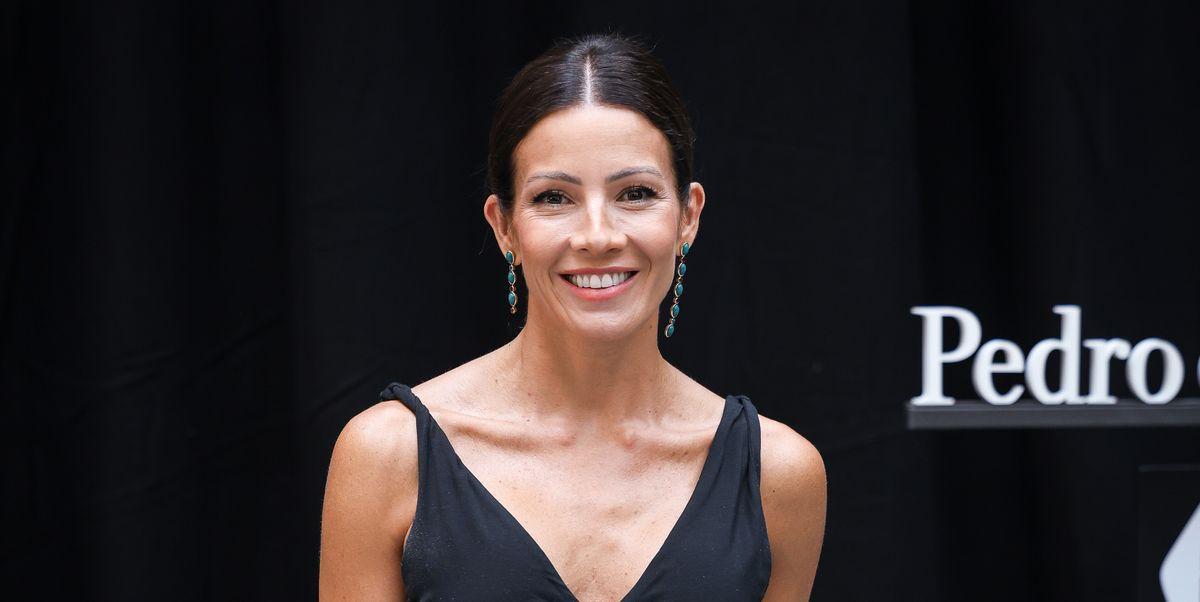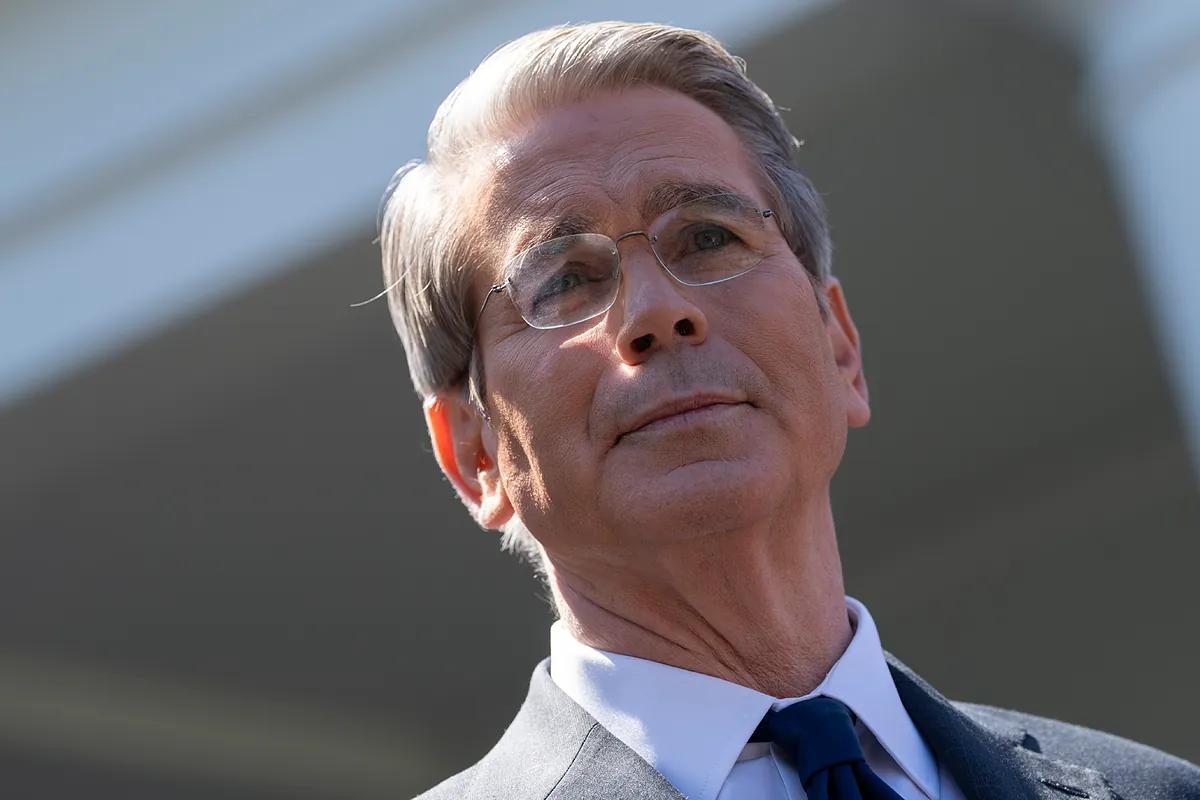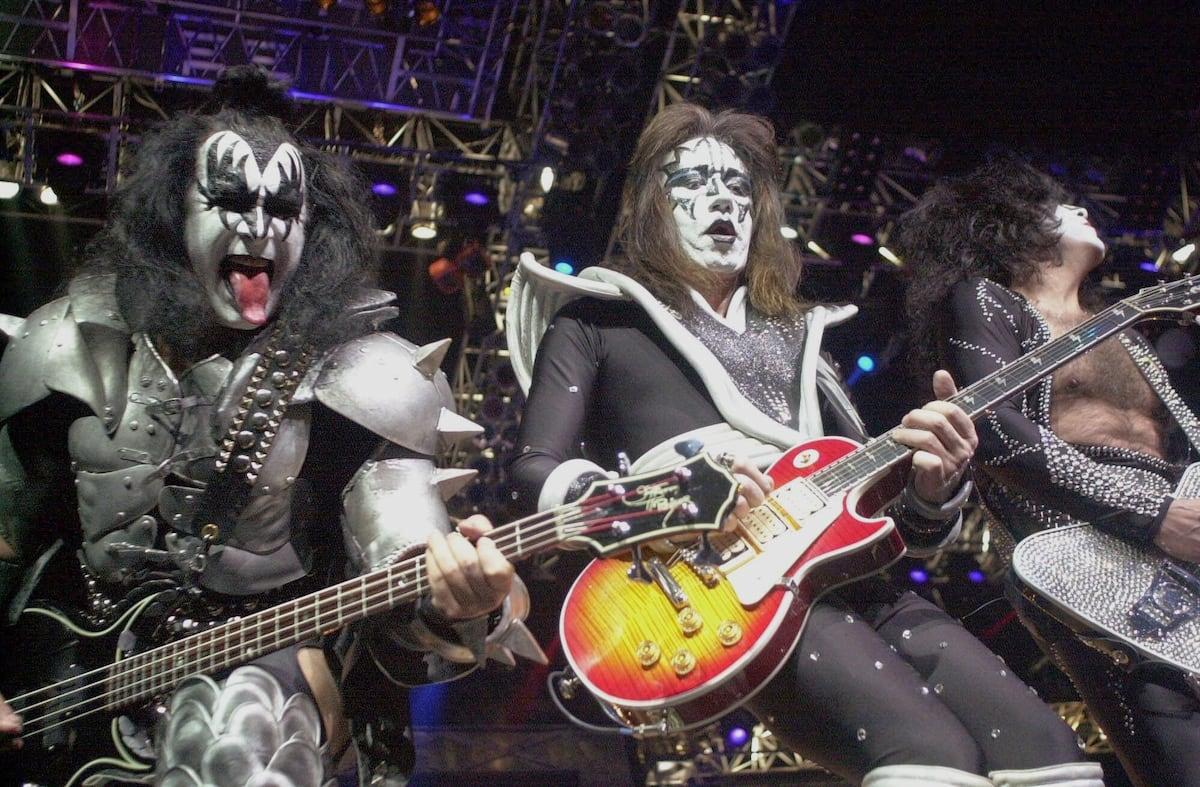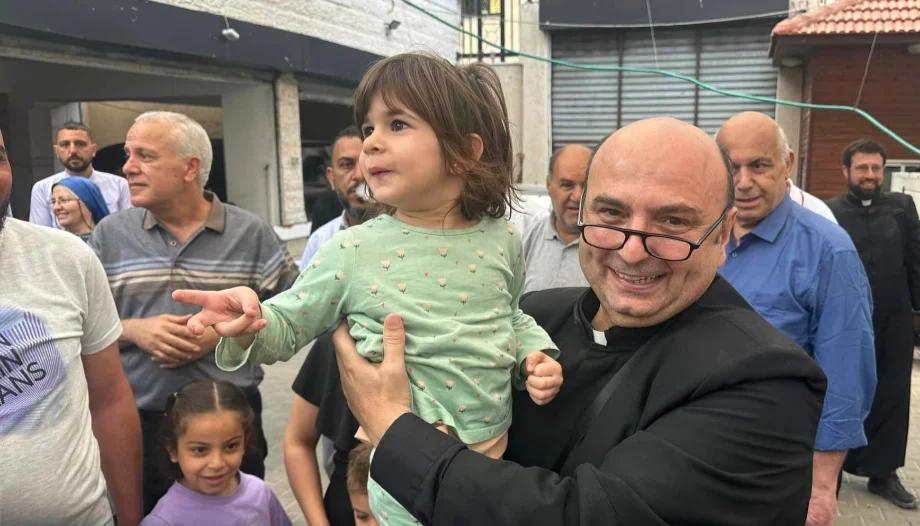Suddenly it's all Scorsese.The not-so-visible hand of the director, who emerged in New York's Little Italy neighborhood, controls, and not only inspires, all the cinema happening around...
- Martin Scorsese Interview: "The question is not who was complicit in the extinction of the Osage, but who was not"
- Interview with Martin Scorsese: "It's time to make restitution to the victims of slavery and to Native Americans"
- Moon kill ratio: the sunset to end all competition
Maybe everything is bad.The invisible hand in the New York area is ruling, instead of excitement, all theaters are releasing.Paul Thomas Anderson is like the model we have.Scorsese Jo, what a night it was!The breath of non-violence and aggressive cinema demonstrated by Darren Arronofsky has lost the hidden shot.Fuelsfy King of Fuls Scorsese is very black and erington of Ari Aster.Scorsse appears in every episode of the five-pager offered by Apple TV+, directed by Rebecca Miller and narrated by Scorsese.He talks and talks about life in a long collection of interviews he has given throughout his life. He talks through photographs of his family, the voices of his childhood friends, and of course his cinema, Elia Kazan or live.It's all nonsense.
«Imagino», reflexiona al otro lado del zoom la directora Rebecca Miller, «que de tanto en tanto y de forma mucho menos frecuente de lo que tendemos a pensar, hay autores que inventan algo. Shakespeare inventó la expresión globo ocular. Antes de él, esa perífrasis no existía. Scorsese incorporó su alma al profundo conocimiento de la historia del cine que posee. Y por eso creo que sus películas nunca pasan de moda. Ha logrado un cine muy emotivo, pero en absoluto sentimental. Se habla mucho de la violencia gráfica y explícita de su cine, pero, en verdad, lo relevante es la violencia interior. Lo que le hace eterno es precisamente esa tensión irrespirable de cada uno de sus planos desde el primero de sus cortometrajes (o incluso desde los ingenuos storyboards que realizaba de niño) hasta Los asesinos de la luna».
Mr. Scorsese, ese es el título de la serie, repasa la vida y la obra del cineasta, pero, y esto es lo relevante, como lo haría una película del propio Scorsese. Por momentos, el director se convierte en personaje de sí mismo y se exhibe violento, eufórico, fracasado, pleno de energía y, por fin, como el hombre de cejas pobladas, sabio, tranquilo, mayor y displicente consigo mismo que ya es. Le vemos de niño, le vemos enfermo de asma, le vemos en su enfebrecido tiempo de aprendizaje al lado de Roger Corman, en sus años de cocaína, en el momento que creyó morir, en su coronación como «el tipo de las películas de la mafia», en cada una de sus crisis de fe... Le vemos, tierno y atento, cuidando a su mujer Helen Schermerhorn, aquejada de Parkinson. Le vemos siempre distinto y siempre Scorsese. Le vemos en vivo y en directo, y le vemos a través de su montadora de siempre, Thelma Schoonmaker, de sus músicos de siempre, Robbie Robertson y The Rolling Stones, de sus inseparables colegas de siempre Robert de Niro, Leonardo DiCaprio, Daniel Day Lewis (a la sazón marido de la directora), Spike Lee, Steven Spielberg... Y también le vemos con los ojos de las hijas de cada uno de sus cuatro matrimonios y, por qué no, le vemos con los globos oculares, que diría Shakespeare, del matón real de barrio del que salió el personaje Johnny Boy (De Niro) en Malas calles.
Curiosity.His films contain many low-angle shots, subjective images of a person looking out of a window at what is happening outside.In essence, this is the master plan of a child with asthma, who is doomed to be a spectator of the isolation imposed by the disease in a world that is alien to him and at the same time belongs to him.A magnificent collection of scenes, always shot through Scorsese's wondering eyes (or should I say eyeballs?).
The most difficult and difficult moment in all these aspects of Scorsese's vision, which comes when he makes him come back, just after he has been so successful with cocaine.But also a transformation.He said: "The biggest part of me wanted to die. "Why?" asks Rebecca Miller behind the camera. "Because at that time I could no longer do my job."I feel like I can't create," he concludes, but the truth can be told.From the bottom of his heart because of his discovery."The truth is that this time left me speechless. "I didn't know how to continue," he now recalls. "To live life like in his movies.Honesty is not the same thing, or self-control or shyness," he adds.
Mr. Scorsese's most honest and, in his own way, controversial works always revolve around violence.There is one particular event that can be identified as the rosebud that defined them all.Scorsese says his childhood was spent happily in what he readily describes as the Eden of Corona, Queens.There, the family, almost all of Italian origin, lived in a bubble away from the noise and indeed violence of Manhattan.Until something changes everything.His father Charles, a laborer in the textile district, got into an argument with his landlord in the street.Banished from heaven.The violence threw them onto violent Elizabeth Street in violent Little Italy.A director who showed the roots of violence for the sake of violence and violence itself in the most brilliant and violent way has just been born.
«Cuando estrenó Toro salvaje», toma la palabra Miller, «un periodista le preguntó por la violencia en su cine. Es una entrevista de 1970. Él responde que la violencia no es más que el síntoma de una enfermedad. Y cuando el reportero insiste y le repregunta de qué dolencia se trata, él contesta: «La pérdida de uno mismo, la violencia es el resultado de la pérdida del alma». Y sigue Miller: «La violencia en Scorsese está íntimamente relacionada con su catolicismo. Él siempre se identifica con el pecador y de ahí el tormento que destila cada uno de sus personajes como expiación de su culpa, de sus pecados, de su alma corrompida y perdida. Scorsese se identifica siempre con el pecador y toda su compasión es hacia él».
El cineasta, de sobra es conocido, quiso ser sacerdote y hasta llegó a ingresar en el seminario del que finalmente fue expulsado. Otra vez fuera del paraíso. «Simplemente descubrí el mundo exterior en una época explosiva de rock and roll, la lucha por los derechos civiles...», dice como única explicación a su no tan santa defenestración. Su fe preside todo su trabajo desde La ultima tentación de Cristo a Silencio pasando por Kundun hasta llegar a la película futura sobre la vida de Jesús aún sin título. Y junto a ella, de forma inseparable, de nuevo, la violencia. La violencia dentro y fuera de la pantalla. Cuando se estrenó La última tentación..., grupos de fanáticos religiosos de extrema derecha la tacharon de satánica. «Hoy he visto al diablo en persona», se escucha decir a una espectadora. Y a su modo, la violencia explícita manchada de incomprensión e intolerancia que sufre el mismo Cristo en la película es la que, salvando las distancias, padeció la misma película. Y hasta él en propia persona.
Isabella Rossellini (his third wife, whom he married in 1979) recovered from his last near-death experience in 1978.However, except burning.There are more cases of debuchery without other faith.After Taxi Driver was filmed, Columbia asked the director to change the very last bloody sequence.Jodi's adoption made the entire director feel himself in the build-up to the disaster."I was excited about how the blood was created. When he stuck the boy in the head, he put some styrofoam in the blood so it would stick to the wall. "We have a lot of time," said Scorsese, "but it's impossible not to sell X adult movies.Scorsese lost his nerve and went into the studio ready to burn the film.If anyone was going to destroy the film, it was him.Brian De Palma and SPielberg in the episode.noted.The two burst out of the hole.In the end, nothing happened.A few years later, during the filming of Gangs of New York, a fight between the director and producer Harvey Weinstein ended in a fight with a table through the window.Then... and then.
"I think Scorsese's character, and even his life, has an age-old dialogue with Gore Vidal," Miller said. "The director himself told the screenwriter at one point that in the neighborhood where he grew up, there were only two things you could be: either a priest or a gangster." "Vidal told him: 'And you became both at the same time.'"


